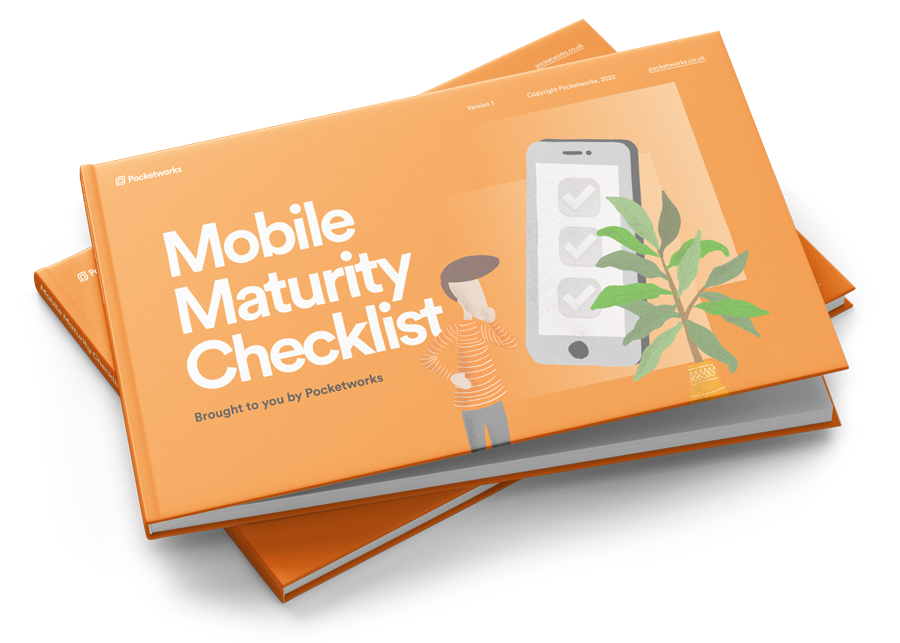At its core, smart product development is about designing seamless, connected experiences that enhance users' lives. The best products feel effortless and intuitive.
This article looks at the challenges of smart product development that manufacturers face and offers some real-world solutions to navigate them effectively and deliver something truly great.
The challenge for manufacturers
For manufacturers of smart home appliances, IoT devices, and connected products, the pressure to innovate is constant. But adding technology for the sake of it doesn’t always lead to success. Consumers are experiencing app fatigue—they don’t want to download another app just to use their toaster. They expect products to work seamlessly, integrate with their existing tech, and actually improve their daily lives.
According to McKinsey, companies that integrate customer insights early in development see a 20 to 30 percent improvement in product success rates. Yet too often, features are added based on assumptions, not real user needs, leading to wasted resources and frustrated customers.
Let data drive development, not assumptions
Too many manufacturers get attached to features they think are essential, ignoring what users actually value. Once your product is in the hands of customers, track usage data - what’s being used? What's ignored?
A study by McKinsey found that intensive users of customer analytics are 23 times more likely to outperform their competitors in new customer acquisition, nine times more likely in customer loyalty, and nearly 19 times more likely to achieve above-average profitability.
If a feature isn’t being used, remove it. If users keep asking for something, prioritise adding it. Making data-driven decisions ensures every update aligns with actual demand. Listening to customers also builds trust and loyalty—key for long-term success.
Be flexible and willing to pivot
Some of the best products today started as something else. Instagram was originally a check-in app before pivoting to photo sharing. Slack was a tool for gamers before it became the go-to workplace chat platform.
If your initial digital approach isn’t working, pivot. The market will tell you what it needs—your job is to listen and adapt.
How to build digital features that matter
- Less app, more intelligence: Make the product itself smarter instead of forcing users into an app. McKinsey reports AI-powered products see usability improve by up to 35 percent.
- Integrate with what already works: Instead of creating another closed system, connect to Apple HomeKit, Google Assistant, or Matter. Brands that do this have 1.5x higher customer retention (BCG).
- Make it work without the app: 40 percent of users prefer products requiring little-to-no app interaction (PwC). Prioritise great on-device UX, voice control, and predictive automation.
- Prioritise longevity and reliability: IDC research found display performance alone impacts satisfaction by up to 50 percent. Focus on durability and ease of use.
- Rethinking digital in consumer products: Manufacturers need to shift from “how do we add an app?” to “how do we make the product better?“. The best-connected products don’t just look smart—they actually make life easier.




